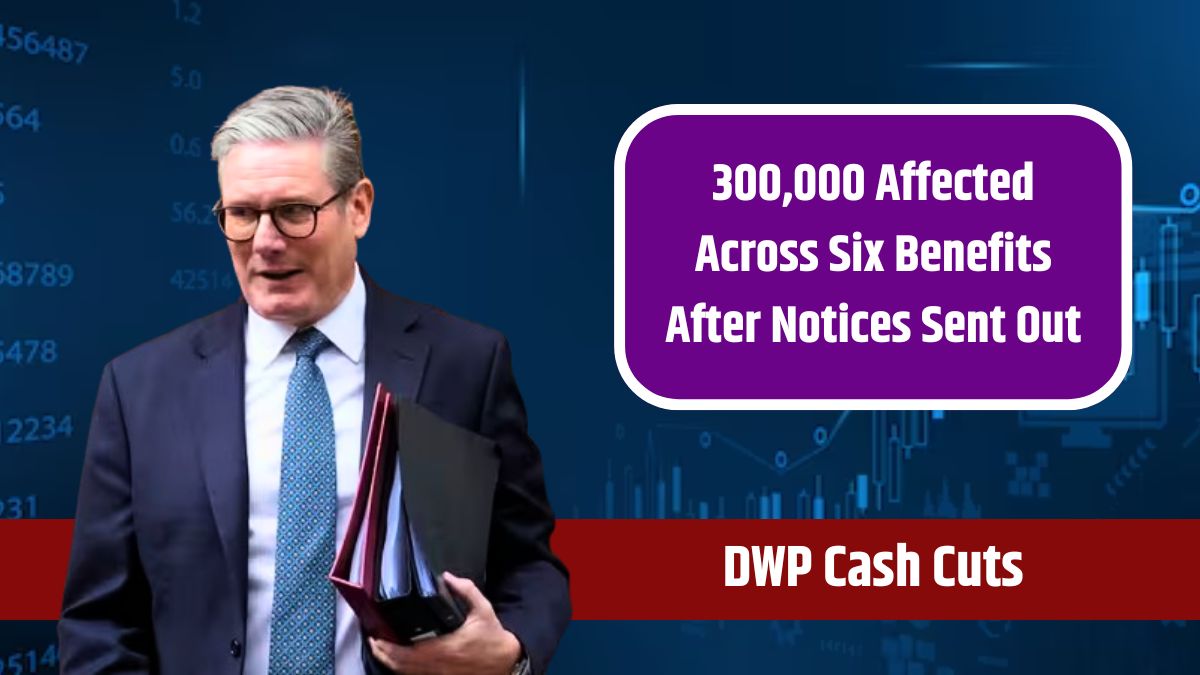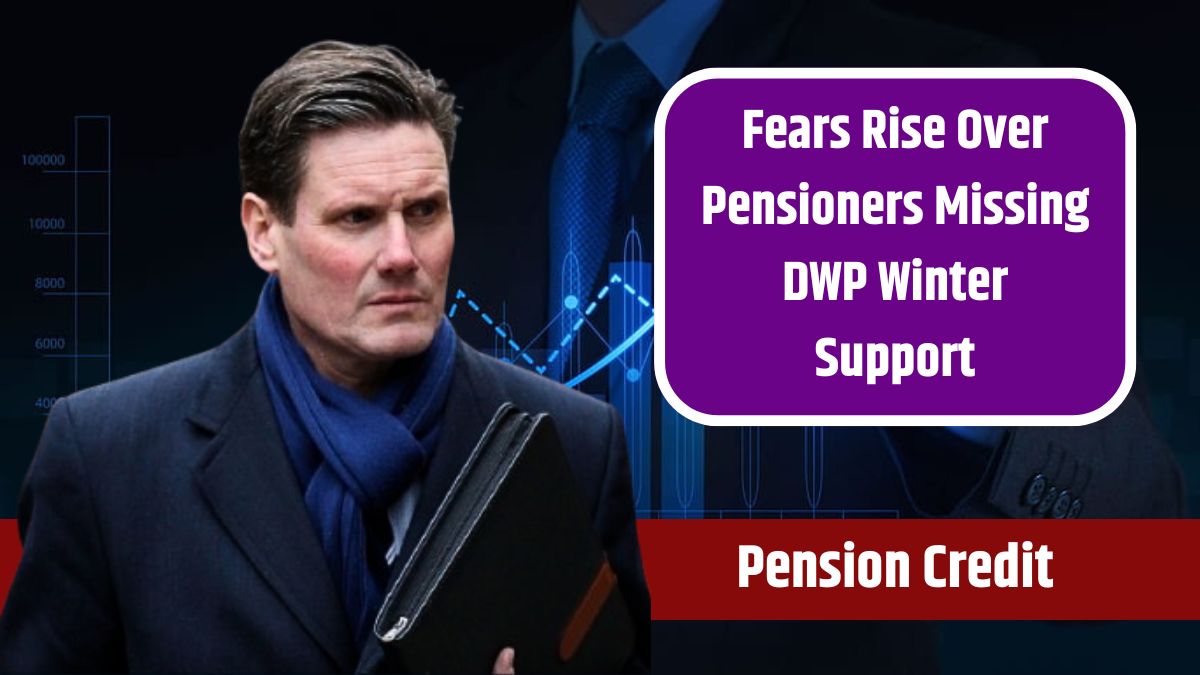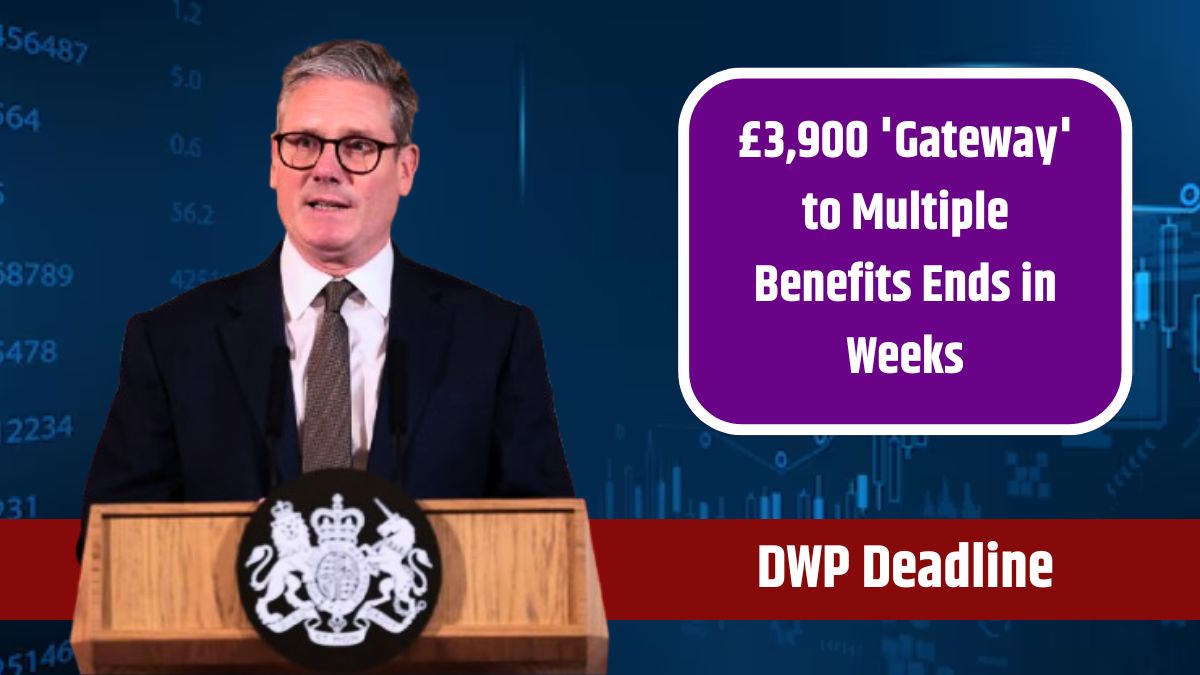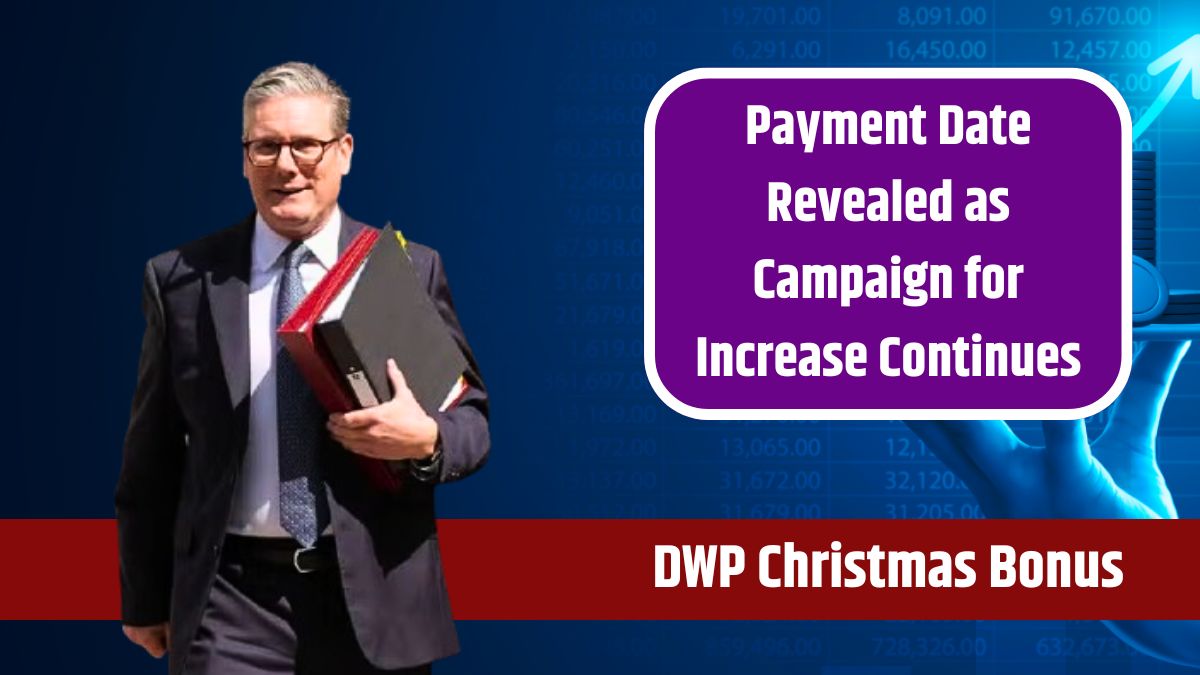The UK government’s Department for Work and Pensions (DWP) is undertaking a large-scale migration of legacy benefits to Universal Credit, impacting millions of individuals across the country. This shift aims to streamline the benefits system by combining multiple support payments into one. However, the transition has led to significant challenges, with hundreds of thousands of claimants losing benefits due to non-application.
Here’s what you need to know about the transition to Universal Credit, who is affected, and what steps are needed to secure continued benefits.
Legacy Benefits Migration
The migration to Universal Credit is the DWP’s effort to consolidate six legacy benefits into a single, simplified monthly payment. The affected legacy benefits include:
- Working Tax Credit (WTC)
- Child Tax Credit (CTC)
- Housing Benefit (HB)
- Income-related Employment and Support Allowance (ESA)
- Income Support (IS)
- Income-based Jobseeker’s Allowance (JSA)
Universal Credit is designed to make benefits easier to manage by bundling these payments into one. However, moving to this system requires affected individuals to actively apply after receiving a “migration notice” from the DWP. Those who do not apply within three months risk losing their benefits entirely.
How Many People Are Affected?
As of the most recent DWP data, nearly 1.4 million people have received migration notices to apply for Universal Credit. Out of these, approximately 318,834 individuals have failed to claim Universal Credit, leading to the closure of their legacy benefit accounts. This represents around 27% of those notified, suggesting that a considerable portion of people may be losing benefits due to missed deadlines or lack of awareness.
Application Deadlines
Claimants are given three months from the date of receiving their migration notice to apply for Universal Credit. If they don’t respond within this period, their legacy benefits stop. According to DWP, this migration period allows claimants ample time to complete their applications and transition smoothly. However, critics argue that the three-month window may not be sufficient for vulnerable individuals who are less likely to respond promptly.
Advocacy Groups and Officials
The high non-migration rate has sparked concern among MPs and advocacy groups. The Child Poverty Action Group (CPAG) reported that 32% of legacy benefit claimants failed to transition to Universal Credit by the deadline, a rate significantly higher than the DWP’s projected 26% for tax-credit-only claimants.
Both the National Audit Office and the Public Accounts Committee have flagged the risk of financial hardship for those missing out on Universal Credit. Dame Meg Hillier MP, chair of the Public Accounts Committee, emphasized the need for the DWP to provide robust support for vulnerable individuals, ensuring they don’t face financial challenges due to procedural changes.
Statements from the DWP
Sir Stephen Timms, the Minister for Social Security and Disability, has urged claimants to prioritize responding to migration notices, acknowledging that “life can often distract you elsewhere.” Timms also assured the public that DWP staff are available to support individuals during the transition.
In a report, the Public Accounts Committee highlighted that even a small percentage of claimants failing to move to Universal Credit could have a substantial impact, potentially leaving thousands in financial difficulty.
Secure Universal Credit
For those affected by the migration, it’s crucial to understand the process and take action swiftly. Here are some essential steps:
- Watch for Your Migration Notice: The DWP will send a notice with instructions on applying for Universal Credit. Take note of the date you receive it, as this will start the three-month countdown.
- Apply Within the Three-Month Period: Complete your application as soon as possible to avoid losing your benefits. If you encounter difficulties, reach out to the DWP for guidance.
- Seek Support If Needed: Vulnerable claimants, or those struggling to navigate the process, can request additional help from DWP staff to ensure a successful transition.
- Transitional Protection: If you apply within the given time, you may qualify for “transitional protection,” which temporarily prevents a reduction in benefits after switching to Universal Credit.
Why Are People Not Migrating?
The reasons behind the high rate of non-migration are complex. Advocacy groups argue that many claimants may not fully understand the migration process or feel overwhelmed by the need to apply within the specified window. Vulnerable groups, including those with disabilities, are particularly at risk due to potential difficulties with communication and application requirements.
Universal Credit
While Universal Credit aims to simplify and modernize the benefits system, the migration process remains challenging for many claimants. Staying informed about migration deadlines and seeking assistance when needed is essential for claimants to ensure they don’t lose their financial support during this transition period.
FAQs
What are legacy benefits?
Legacy benefits include Tax Credits, Housing Benefit, and Income Support.
How do I know if I need to apply for Universal Credit?
DWP will send you a migration notice if you need to switch.
What happens if I don’t apply for Universal Credit?
Your legacy benefits will stop after three months.
How can I get help with the transition?
Contact DWP staff for assistance with your application.
What is transitional protection?
It’s a temporary benefit top-up to prevent loss during migration.
















